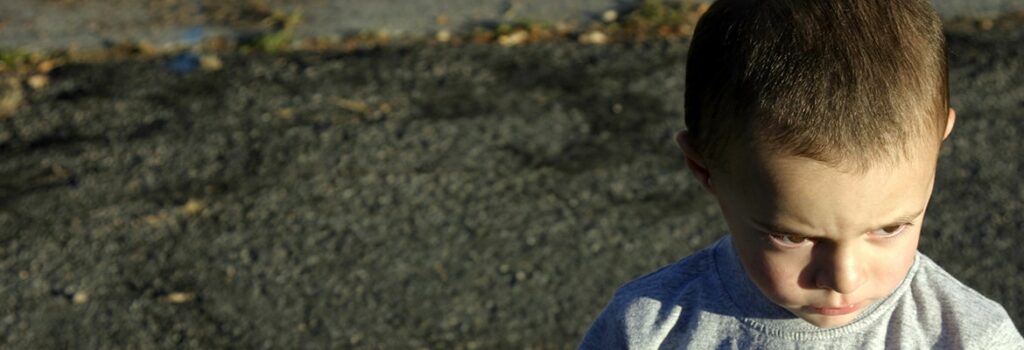Significant and sustained phase 2 results for maralixibat in Alagille syndrome
By Eleanor McDermid, medwireNews Reporter
The bile acid transport inhibitor maralixibat, given at a higher dose than previously tested, may significantly improve cholestasis in children with Alagille syndrome, shows the phase 2 ICONIC trial.
As reported in The Lancet, Emmanuel Gonzales (Université Paris-Saclay, France) and colleagues tested a maralixibat dose starting at 380 μg/kg daily. Previous studies using doses of up to 266 μg/kg recorded positive trends but no statistically significant improvements, they say.
The 31 children in the trial were an average age of 5.4 years, 61% were boys, all had confirmed mutations in JAG1, and the vast majority were taking ursodeoxycholic acid, rifampicin or both.
During the first 18 weeks of the study, all participants were given open-label maralixibat treatment at a dose of 380 μg/kg once daily and achieved a significant reduction in serum bile acid (sBA), with an average reduction of 88 μmol/L from a baseline of 283 μmol/L.
Pruritus was measured on the Itch Reported Outcome scale. The average baseline observer-assessed score was 2.9, on a scale of 0–4, and this decreased by a significant average of 1.7 points.
Two children withdrew during the initial phase, because of serious adverse events not linked to the study medication (post-traumatic epidural and subdural haematomas and staphylococcal hand infection). The remaining participants proceeded to the 4-week randomised, placebo-controlled withdrawal phase, designed to account for previously observed placebo effects on pruritus.
Although 29 children entered this phase, the trial’s primary endpoint was assessed only in the 15 who had achieved at least a 50% sBA reduction during the initial open-label phase. Among these children, the five who continued taking maralixibat during the randomised phase maintained their initial reductions, whereas sBA increased again in the 15 assigned to placebo, resulting in a significant 117 μmol/L difference between the two groups.
In the overall population, pruritus scores rebounded to baseline levels among the 16 children taking placebo, but remained low in the 13 who continued on maralixibat.
Twenty-three patients then entered a long-term extension phase, in which maralixibat doses were increased up to a maximum of 380 μg/kg twice daily. A total of 16 patients continued to 104 weeks and 15 to 204 weeks, during which the improvements in sBA and pruritus were sustained. Over the full study period, the patients also achieved and maintained significant improvements in cholesterol levels, fatigue and quality of life.
In line with the reduction in cholesterol, the researchers also noted significant improvements in xanthomas among the 14 children who had them at baseline, “reducing the burden of a disfiguring, sometimes painful, and occasionally disabling hallmark of Alagille syndrome.”
And they note that the treatment may bring benefits beyond the improvement in pruritus, xanthomas and life quality, “because these symptoms are key drivers of liver transplantation, suggesting maralixibat might have the potential to delay or avoid liver transplantation in some patients or improve quality of life in individuals who cannot undergo transplantation because of severe cardiac or vascular malformations.”
Half to three-quarters of Alagille syndrome patients reportedly resort to liver transplantation by the age of 18 years, the team notes.
The majority of adverse events believed to be related to the study medication occurred during the initial open-label period; most were gastrointestinal, lasted less than a week without the need for intervention and did not result in discontinuation.
During the long-term follow-up, one child had a dose reduction because of elevated alanine aminotransferase, and one because of intermittent diarrhoea.
News stories are provided by medwireNews, which is an independent medical news service provided by Springer Healthcare Ltd. © 2021 Springer Healthcare Ltd, part of the Springer Nature Group
Lancet 2021; 398: 1581–1592
https://www.thelancet.com/journals/lancet/article/PIIS0140-6736(21)01256-3/fulltext

